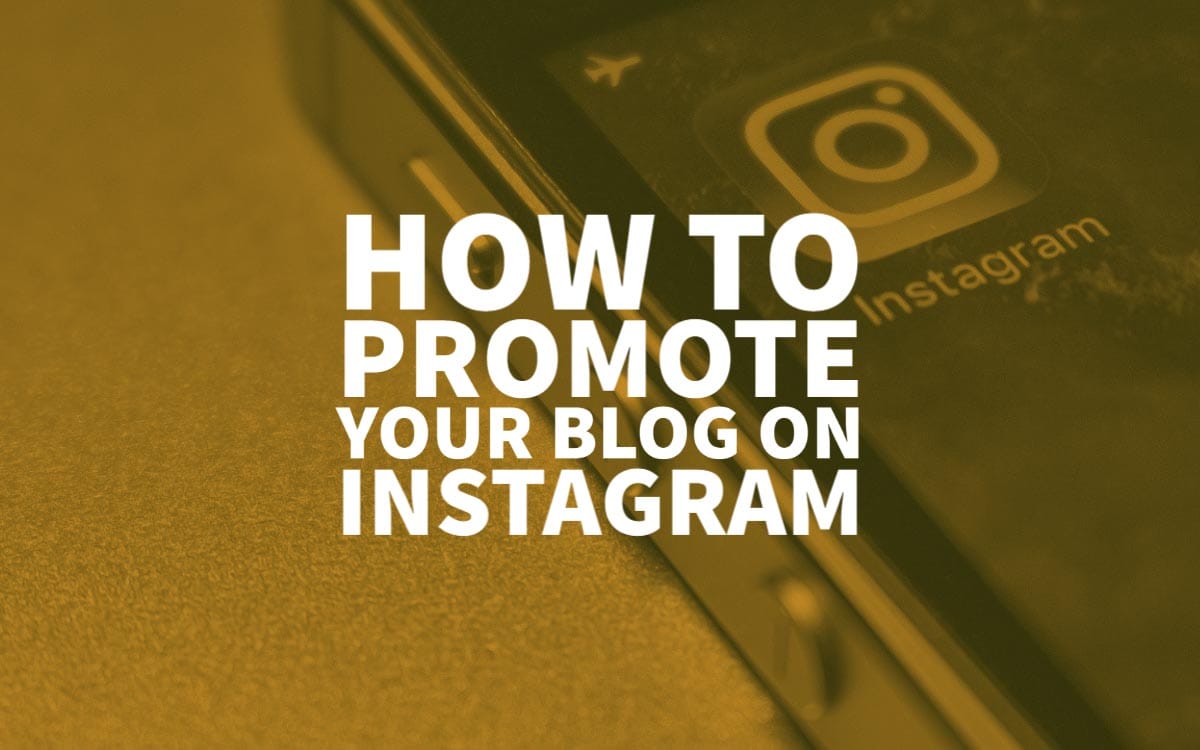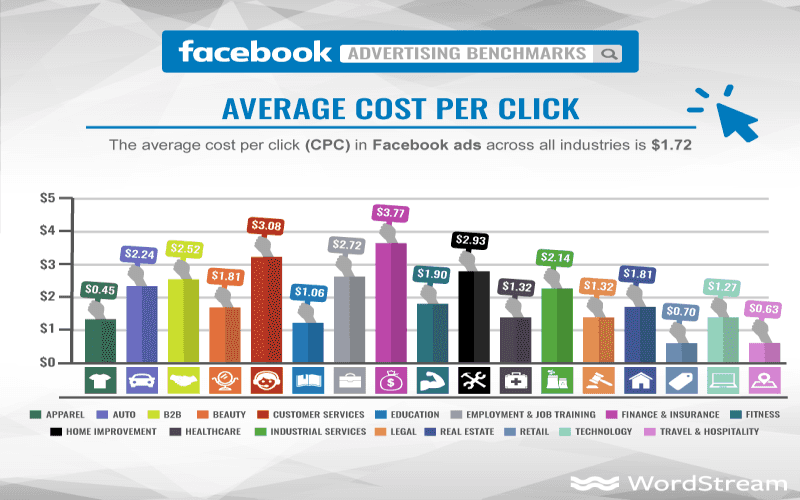
Facebook advertising is one of the most popular platforms for businesses. While you will want to pay per click and impression, it is tempting to spend more on Facebook than Google Ads. But there are some differences between Facebook ads and Google ads, and this article will compare them. Keep reading for more helpful tips. Here's a quick overview on the many benefits Facebook ads can bring to your business.
Cost per conversion
A comparison of the cost per conversion of Facebook ads vs Google ads reveals that the former is cheaper. An apparel business could pay $0.45 per conversion versus $5.30 with Google Ads. Google Ads are about $3.6cents per conversion. No matter whether you use Google or Facebook, both methods can produce leads. Depending upon the industry, the cost of conversions for Facebook ads vs Google Ads varies. Insurance and finance companies are the most profitable for Google Ads.
Google Ads are better at selling high-end products, and require a steep learning curve. Facebook Ads are less expensive than Google Ads, but they tend to cost more if you're advertising on highly competitive keywords. Facebook's interface is easier to use, and you can advertise on Instagram. However, Facebook Ads are more expensive than Google's ads if you don't target your audience well.

Cost per mille
Each have their own advantages and drawbacks. Google is the top-ranked search engine while Facebook is the most visited social network. The difference between the two lies in how each platform measures the cost of advertising. Google uses CPC to measure ad expenditure, while Facebook measures per-mille. Facebook ads are more effective for businesses looking to generate traffic, while Google has more flexibility for advertising budgets.
Cost per thousand refers to the amount an advertiser pays per click. Both the former and latter apply only to clicks relevant to your campaign. The latter applies only to clicks that convert. Facebook, on its other hand, provides more targeting options for certain market segments. It is also more expensive, so it is better to start low and build up. CPC can help you optimize your advertising budget and allow you to test different strategies before you make a final decision.
Cost per click
Although the cost per click is similar on both platforms, Facebook's ad format has higher click-through rates. Google Ads on the other hand are more effective at capturing buyers who are interested in buying. A Google Ad will ultimately have a higher return. But which one should you use? There are many aspects to consider when choosing the right one. Here are some key differences among the platforms.
Facebook's cost-per-click (CPC), is 56% lower than Google, although it could be even lower depending upon the industry or location. The conversion rate on Facebook is also higher: nine to 10 percent versus 3.75% for Google ads. Facebook is a low-cost, high-ROI platform. Facebook's advertising format is more attractive and seamless than Google.

Cost per thousand impressions
It is important to know the differences between Google ads and Facebook ads when comparing their costs. CPC can be used as a standard to determine the effectiveness and cost of an ad campaign. CPM, however, can be used for comparison purposes. Facebook CPM measures the amount of money that was spent on a Facebook ad, multiplied for the number it receives.
Although Google Ads & Facebook Ads have very different models, the two have similar goals. While both can help increase brand awareness and sales, each one has its own advantages and disadvantages. It is important to be able to distinguish between the two platforms and understand how they can best be used. Facebook ads are a good choice for those who need high-quality traffic streams but don’t want to spend much money on low-converting ads.
FAQ
What should you know about printing advertising?
Print advertising is an effective medium for communicating with consumers. Print advertising is used extensively by companies to promote their products or services. Its main purpose is to grab the attention of consumers.
Print ads are usually one-page long. They contain text, images, logos, and any other graphics. You may also find sound, animation, video and hyperlinks.
The following are the main types print advertisements:
1. Brochures - Large format printed brochures are used to draw people in to stores. Brochures can often be adorned with brightly colored images and eye-catching designs.
2. Catalogues – These are smaller versions to brochures. These are typically sent to customers who ask for specific information.
3. Flyers - These are small pieces of paper distributed at events such as concerts and fairs. These flyers are usually free, but they must be purchased if given to retail outlets.
4. Posters – These are larger versions than flyers. These flyers can be displayed on buildings, fences and walls. They are usually created using computer software programs designed to catch passersby's attention.
5. Direct mail - These are letters or postcards that are sent directly to potential customers. These are sent out by companies to remind customers about their business.
6. Newspaper Ads - These advertisements are found in newspapers and magazines. These ads are often quite long and include both text and images.
Social media is a great way to advertise your business.
Social Media Marketing, or SMM, allows you access customers directly on social networks, such as Facebook, Twitter LinkedIn YouTube YouTube Google+. You can also target certain groups on these networks with keywords.
Because it is cheaper to market online than traditional advertising methods, this advertising method is more cost-effective. You can also build strong relationships and trust with your clients, both current and prospective.
It is easy to use social media to promote your company. All you require is a smartphone, computer or laptop and Internet access.
How much does advertising on social media cost?
It is important to know that advertising on social media platforms is not free if you decide to do this route. You will be charged monthly for your time spent on each platform.
Facebook - $0.10 per 1,000 impressions
Twitter: $0.20 per 1,000 impressions (if your tweet is on Twitter)
Linkedin - $0.30 per 1,000 impressions if you send out invitations
Instagram - $0.50/1000 impressions
Snapchat - $0.60 Per 1,000 Impressions ($0.40 per User)
YouTube - $0.25 for 1,000 views
Tumblr - $0.15 per 1,000 impressions for text posts.
Pinterest - $0.05 per 1,000 impressions per month
Google+ - $0.15 to $0.0.20 per 1,000,000 impressions
Tumblr - $0.15- $0.20 per 100,000 impressions
Vimeo - $0.20- $0.25 per 10,000 impressions
Soundcloud - $0.20 - $0.0.25 for 1,000,000 plays
StumbleUpon - $0.20 -$0.25 per 1 billion pageviews
Digg – $0.20 - 0.25 per 1000 diggs
Reddit - $0.20-$0.25 per 1000 comments
Wordpress $0.20-$0.25 per 500 Comments
Flickr - $0.20 -- $0.25 per 5,000 photo uploads
How do I choose my target market?
Start with yourself and those closest to your heart. If you don't know where to begin, ask yourself, "who am I trying to reach?"
Ask yourself the following questions: Who are my industry's most influential people? What problems do they have to deal with every day? Who are my top-ranking people? You can find them online.
Start at the beginning of your business. What motivated you to start your business? What problem did you solve for yourself, and how did you do it?
These answers will help identify your ideal clients. Learn more about them and why they choose to do business with you.
For clues on who your competitors cater to, check out their websites and social media pages.
Once you have identified your target customers you will need to choose the channel to reach them. A website might be created to reach home buyers, for instance, if your business provides services to agents in real estate.
A blog could be created if your software is offered to small businesses.
A Facebook page could be created for clothing sellers. Or if you're a restaurant owner, you could set up a Twitter account for parents looking for kid-friendly places to eat.
This is the point: There are many ways to communicate your message.
What is branding?
Your brand is the way you express who you are and what your stand for. It's how you make people remember you when they hear your name.
Branding is all about creating an identity that makes your company memorable. Branding is more than a logo. It encompasses everything, from the physical appearance of your company to the voice and tone used by your employees.
Because customers know exactly what they are getting, strong brands help them feel confident in purchasing from you. Customers feel confident in choosing your products to those of their competitors.
A good example of a well-branded company is Apple. Apple's brand is well-known for its stylish design, high-quality products and outstanding customer support.
Apple's brand has become synonymous with technology. Apple is what people think about when they see a smartphone, computer or tablet.
If you're considering starting a new business, you should consider developing a brand before launching. This will give you and your business a face.
Radio advertising: What are your options?
Understanding the interactions between different media is essential. Remember that media can complement each other and are not necessarily competitive.
Radio is best utilized as an extension to TV advertising. Radio complements television advertising by reinforcing key messages or providing additional information.
TV commercials are often too long for radio listeners. Radio ads tend to be shorter and more affordable.
What is advertising's basic purpose?
Advertising is more than selling products. It's about building an emotional connection with your customers.
Advertising is about communicating values and ideas to people who are interested in your products or services. It's about changing minds and attitudes. And it's about building relationships.
It's all about making people feel good about themselves.
But if you don't know what your customers want, you can't sell anything to them.
It is essential to first understand the needs and purchasing habits of your customer before you embark on any advertising project.
Then, you can create ads that resonate.
Statistics
- It's 100% reliant on your website traffic. (quicksprout.com)
- Advertising spending as a share of GDP was about 2.9 percent. (en.wikipedia.org)
- Google will display whichever ad type (CPM or CPC) is expected to earn more revenue for the publisher, which is in Google's best interest since they take a 32% share of the revenue. (quicksprout.com)
- Advertising's projected distribution for 2017 was 40.4% on TV, 33.3% on digital, 9% on newspapers, 6.9% on magazines, 5.8% outdoor, and 4.3% on radio. (en.wikipedia.org)
External Links
How To
How do I advertise on Google?
AdWords, Google's advertising platform, allows businesses to buy ads based upon keywords they wish to target. Your account is the first step. First, you choose a campaign name. Next, you set the budget and select the ad type. Finally, add keywords. Next, you will bid for those keywords. Clicking on an advertisement will only result in you being paid if the click is from someone who searched one of your targeted keyword phrases. This ensures that you are paid even if people do not buy anything.
Google has many tools to help you ensure your ads work. These include Ads Preferences Manager, Keyword Planner, Analytics, and Ads Preferences Manager. These tools allow you see which options work best for your business.
The keyword planner will help you decide which keywords you should use in your campaigns. It also shows you how much competition there is for certain keywords, helping you decide whether or not to spend money bidding on them.
Ads Preferences Manager allows you to modify settings like the maximum number impressions per day, and the minimum cost of each click.
Analytics allows you monitor and compare the performance to your ads against other companies. You can also view reports showing how well your ads performed compared to others.